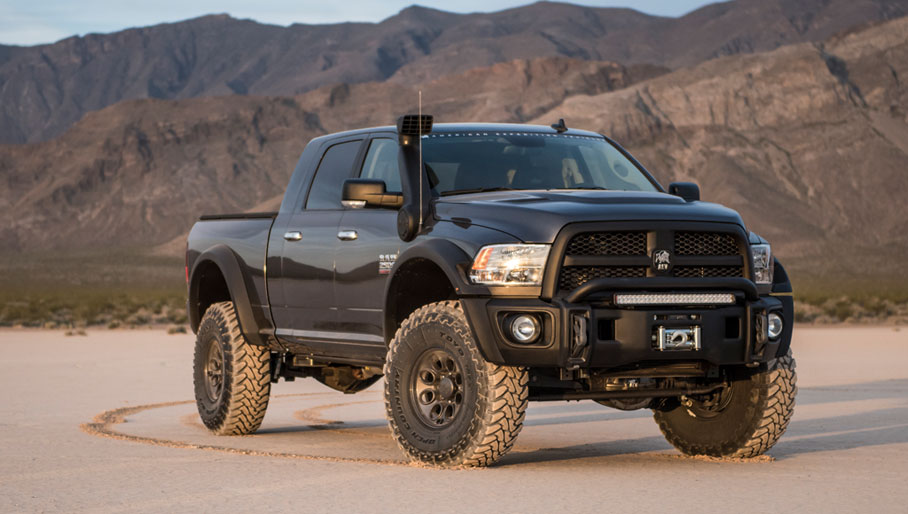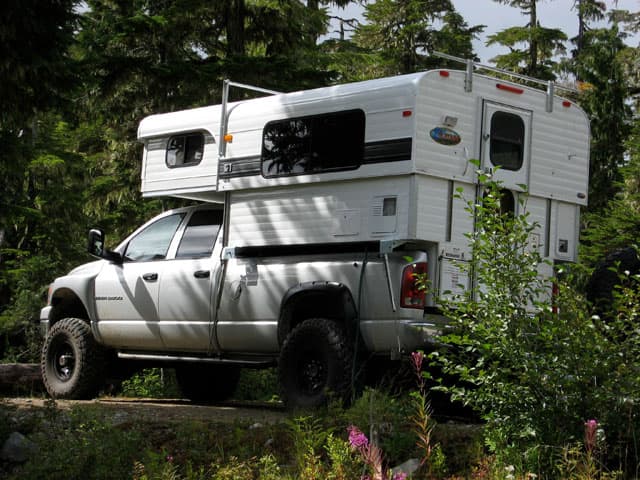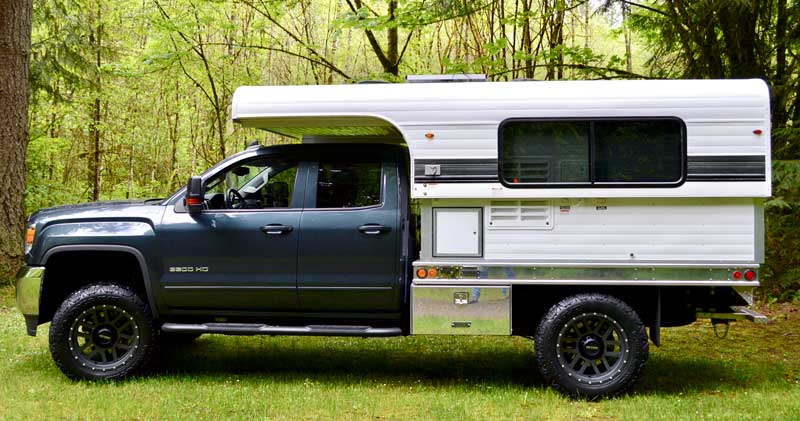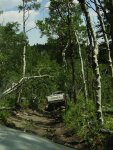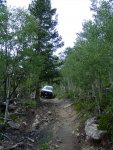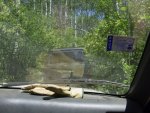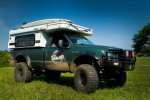This is just where I have no idea where you are coming from. There are plenty of marked forest roads that are almost side by side size that weave in and out of trees. I think the problem is coming from only going on well traveled routes and passes that are getting thousands of vehicles per year in them. I have literally never been in any national forest that didn't have somewhere a little two track that fades out to almost nothing and just keeps getting tighter and tighter. Again I think maybe going to a well known destination vs just exploring is skewing perceptions.
But it's just not true that these smaller marked normal tracks are non-existent. Maybe they are in your local area but what I describe above exists in over a dozen states I can think I of w/o even trying.
Yeah I'm confused here too. I get the base camp thing, if the goal is to transport people and non-street legal toys along with a comfortable living space
to the trails yeah okay obviously a Tacoma will run out of space and GCVWR much faster than a half-ton or HD will. Not my cup of tea, but it looks like a ton of fun and you're buying the tool that best fits your needs.
If the goal is to bring the truck
on the trails, you want as small and light as possible and as large as necessary. Plain and simple. I've seen more mention of ground clearance than approach/departure/breakover angles. No one's even mentioned articulation. I'm hardly an expert but have you all even driven a full size(full size = Jeep or larger, as in not an ATV etc) on anything even mildly technical? For the sake of comparison using vehicles I'm familiar with, despite having smaller tires and less ground clearance than my Tacoma, my Range Rover does better in most technical terrain because it has 11 more degrees of approach, 9 more degrees of departure and 6 more degrees of breakover. Simply put, you get hung up on less ********. Also, because it's not designed to carry a particularly heavy load the suspension is soft and has a ton of travel for the ride height. That means your wheels stay in better contact with the terrain, which means less spinning tires and less wheel hop, meaning you can go at a slower and more controlled pace, meaning you're less likely to break ********. It's also narrower which gives you more freedom to pick the best line up an obstacle, rather than having to take the only line you'll fit up. All this while maintaining a lower center of gravity, I hope I don't need to explain why that's a good thing. And this is compared with a Tacoma that's still reasonably sized with a relatively soft suspension. The Tacoma does do better in low traction situations where it has the benefit of a locker and ATRAC while the Rover is let down by open FR diffs, but lockers can be added, size can't be changed. A heavy duty truck has a stiff suspension and a very long wheelbase. Great if you want to tow heavy things, terrible if you want to explore a steep, narrow and overgrown mining track and actually have fun doing so.
So, is the Tacoma enough truck? Yes, if you want something to drive you to the trails, on the trails and back from the trails. Maybe not if you want something to bring your toys to and from the trails, depending on how many toys you have and how heavy they are.


